Wondering how women can build and maintain muscle effectively? This guide on muscle women’s strength training covers essential techniques, nutrition advice, and health benefits specific to women. Start here to understand why muscle mass matters and how you can achieve your fitness goals.
Key Takeaways
-
Building muscle enhances women’s health, energy, and physical performance while combating age-related muscle loss.
-
Nutrition, particularly protein intake, is crucial for muscle growth; women should aim for 1.7 to 1.8 grams of protein per kilogram of body weight daily.
-
Strength training offers significant mental health benefits, boosting self-esteem, reducing depression, and supporting cognitive function in women.
Importance of Muscle Mass in Women

Muscle mass significantly enhances overall health and energy levels. Beyond just looking toned, it contributes to a stronger immune system, better glucose regulation, and a reduced risk of diabetes. For women, strength training improves physical performance and makes daily tasks, like carrying groceries or playing with kids, easier and more enjoyable.
Maintaining muscle mass becomes increasingly important with age. Age-related muscle loss, or sarcopenia, can start as early as 30, causing women to lose about 2% to 7% of their muscle mass every decade. This decline can negatively impact health and longevity. Strength training combats this by preserving muscle tissue and promoting overall well-being.
Many women worry about gaining excess body fat while building muscle. However, a well-structured approach that targets both fat loss and muscle gain can help achieve desired body composition and fitness goals. Building muscle is crucial for these goals and offers protection against health conditions like heart disease, obesity, and diabetes.
Understanding Muscle Growth

Understanding muscle growth is key to optimizing strength training. Muscle hypertrophy involves repairing and enlarging muscle fibers through satellite cell activation. Women create micro-tears in muscle fibers during strength workouts, which then repair and grow stronger. This can be measured by increases in muscle circumference and cross-sectional area.
Progressive overload, which involves gradually increasing stress on muscles, is crucial for muscle growth. Consistently challenging muscles with heavier weights or more intense workouts fosters continuous improvement and development. Women experience similar muscle hypertrophy to men when engaging in resistance training, though the absolute muscle size increase may differ.
Incorporating a variety of exercises that target different muscle groups is essential for effective strength and muscle building. This approach ensures balanced muscle growth and adequate stimulation of all major muscle groups. Using both free weights and bodyweight exercises offers a comprehensive approach to strength training.
Nutrition for Muscle Building
Nutrition is crucial for muscle building. Consuming enough protein supports muscle growth and repair by providing essential amino acids. Adequate protein intake maintains muscle mass and promotes workout recovery. Studies show that women aged 60 to 90 with low protein intake have higher body fat and poorer physical function, underscoring protein’s importance for muscle health.
While protein is vital, overall nutrition also plays a role. Balanced meals with carbohydrates, fats, and sufficient calories fuel workouts and support optimal muscle growth. Eating a variety of nutrient-dense foods provides the vitamins and minerals needed for muscle function and overall health.
Next, consider the specifics of protein intake needed for maximizing muscle growth.
How Much Protein Do You Need?
Women should aim for 1.7 to 1.8 grams of protein per kilogram of body weight daily, or about 0.8 to 0.9 grams per pound, to effectively stimulate muscle growth. Consuming 20 to 30 grams of protein per meal optimizes muscle protein synthesis and supports continuous muscle growth throughout the day.
Post-exercise nutrition is crucial, as the body remains primed for muscle building for up to 48 hours after strength training. Including leucine-rich foods in post-workout meals can further enhance muscle protein synthesis.
Consistent protein intake throughout the day, focusing on complete proteins from animal sources, provides all essential amino acids needed for muscle repair and growth.
Effective Strength Training Techniques

Strength training is fundamental to muscle building. It encompasses exercises designed to build strength and endurance through various techniques. Resistance training can significantly increase female strength and muscle size, enhancing performance in strength tests. Combining bodyweight and weighted exercises offers a balanced approach to strength development.
Proper form during workouts is essential to maximize benefits and prevent injuries. Whether lifting weights or performing bodyweight exercises, focusing on the mind-muscle connection ensures effective targeting of the intended muscle groups.
Next, explore some effective strength training techniques, beginning with free weight exercises.
Free Weight Exercises
Free weight exercises using dumbbells, barbells, and kettlebells are excellent for building muscle and improving overall strength. They activate stabilizer muscles, improve balance, and help identify muscle imbalances. Start with three sets of 10 reps at a moderate weight, gradually increasing as you build strength.
If you experience muscle weakness during free weight exercises, lower the weight or switch to a different exercise to avoid injury. Incorporating a variety of free weight exercises into your routine targets different muscle groups and offers a comprehensive strength training approach.
Bodyweight Exercises
Bodyweight exercises are versatile and effective for building muscle without equipment. Using your body as resistance, these exercises adapt to various fitness levels, making them ideal for beginners. Start with basic exercises like push-ups, squats, and lunges before progressing to more challenging moves or adding weights.
Bodyweight exercises are convenient and help maintain muscle mass and stimulate growth. They can be performed anywhere, making it easy to stay consistent with your training routine even without gym access.
Lifting Heavy Weights
Lifting heavy weights is crucial for significant muscle growth and building lean muscle. Despite common myths, lifting heavy does not cause women to bulk up like men; it helps develop lean muscle and functional strength. Eating more and lifting heavy will only lead to bulk if that is specifically your goal; otherwise, it contributes to lean muscle gain.
Functional strength training, involving full-body movements, is highly effective for lean muscle development. Dynamic strength training engages multiple muscle groups, challenging your body and promoting overall strength.
Lifting heavy weights is a vital part of your muscle-building journey.
Progressive Overload and Recovery

Progressive overload is key to continuous muscle growth. Gradually increasing workout intensity challenges muscles and promotes adaptation. The American College of Sports Medicine recommends increasing workout load by 2%-10% once the current level becomes manageable, ensuring consistent muscle challenges and significant growth over time.
Recovery is as important as the workouts. Allowing muscles to repair and grow after training is crucial for sustained energy levels and injury prevention. Consistent rest days are essential, with at least one complete rest day each week recommended for muscle recovery.
Proper technique is vital before training at higher intensities.
Hormones and Muscle Growth
Hormones significantly influence muscle growth and maintenance.
Here are some key hormones involved:
-
Growth hormone and insulin-like growth factor 1 (IGF-1), which are crucial for muscle repair and growth
-
Estrogen, which helps maintain muscle mass in women
-
Testosterone, though present in lower levels in women, also spurs protein synthesis and prevents protein breakdown.
Hormonal changes, such as during menopause, can impact muscle function and increase fat infiltration in muscle tissue. Hormone replacement therapy can help partially restore muscle mass and strength in postmenopausal women. Balanced hormone levels are essential for optimal muscle health and overall well-being.
Starting Your Strength Training Program
Starting a strength training program can be intimidating, but with the right approach, it can be incredibly rewarding.
Here are some steps to get started:
-
Begin with bodyweight exercises like sit-ups and squats to build a strength foundation.
-
Check with a doctor before starting any new exercise program to ensure it’s safe.
-
Consider working with a trainer to provide valuable guidance and help develop a personalized plan.
By following these steps, you can embark on your strength training journey with confidence.
Gradually increase the weight and reps as strength improves, selecting weights that challenge you while maintaining proper form. A consistent training schedule and tracking progress in a gym log can help stay motivated and monitor gains.
Common Challenges and Solutions
Strength training comes with its own challenges, but the right strategies can help overcome them. Hormonal fluctuations during the menstrual cycle can affect muscle recovery times, with estrogen and progesterone playing significant roles. Menopause is also linked with a significant decline in muscle strength and mass due to reduced estrogen levels.
Commit to your muscle-building journey for at least eight weeks to see significant results. Many women worry about gaining too much fat while building muscle, but with the right nutrition and training plan, you can achieve fitness goals without compromising muscle gain.
Remember, it’s normal for measurements to increase when building muscle, and this can help manage joint and muscle pain more effectively.
Mental Health Benefits of Strength Training

Strength training isn’t just about physical gains; it also offers profound mental health benefits. Engaging in strength training can reduce symptoms of depression and enhance overall mental wellness. For young girls aged 10-16, strength training can significantly boost self-esteem and confidence.
In middle-aged women, strength training lowers the risk of cognitive decline, including Alzheimer’s disease, while enhancing functional strength in daily activities. Its positive impact on mental health and overall well-being makes strength training an essential part of a healthy lifestyle.
Consulting a Women's Health Specialist
Consulting a women’s health specialist provides crucial support for maintaining optimal health. Specialists offer tailored advice on strength training and overall fitness, helping to lower the likelihood of postpartum depression in new mothers. Resistance exercises can alleviate fatigue and low energy during pregnancy, making it easier to stay active and healthy.
Regular health checkups with a women’s health specialist allow for early identification of potential health issues, greatly enhancing treatment success. Annual checkups are essential for monitoring reproductive health, including menstruation and fertility issues. Consulting a specialist ensures that your strength training program aligns with your overall health goals.
Summary
In summary, building muscle through strength training is a powerful way to enhance your overall health, energy levels, and confidence. From understanding the importance of muscle mass to mastering effective training techniques, nutrition, and recovery, this guide provides all the tools you need to succeed. Remember that consistency and proper form are key to your muscle-building journey.
Embrace the mental health benefits of strength training and don’t hesitate to consult a women’s health specialist to tailor your program to your unique needs. Start your journey today and unleash the incredible strength within you!
Frequently Asked Questions
How much protein should I consume daily for muscle growth?
For effective muscle growth, aim for about 0.8 to 0.9 grams of protein per pound of your body weight each day. Keep pushing towards your goals!
What are some effective free weight exercises for beginners?
Dumbbell curls, barbell squats, and kettlebell swings are fantastic free weight exercises for beginners. Begin with three sets of 10 reps at a moderate weight, and remember, your strength will increase with consistency!
How does progressive overload contribute to muscle growth?
Progressive overload is key to muscle growth as it continually challenges your muscles, pushing them to adapt and grow stronger. Aim to increase your workout load by 2%-10% when it feels manageable to keep making gains!
Can lifting heavy weights make women bulky?
Lifting heavy weights won't make women bulky; instead, it builds lean muscle and enhances strength. So go ahead and lift those weights with confidence – you're on your way to a strong, fit physique!
Why is it important to consult a women's health specialist before starting a strength training program?
It's essential to consult a women's health specialist before starting a strength training program to ensure your routine is safe and specifically designed for your health needs. This professional guidance can help you manage any health conditions while maximizing your fitness results.


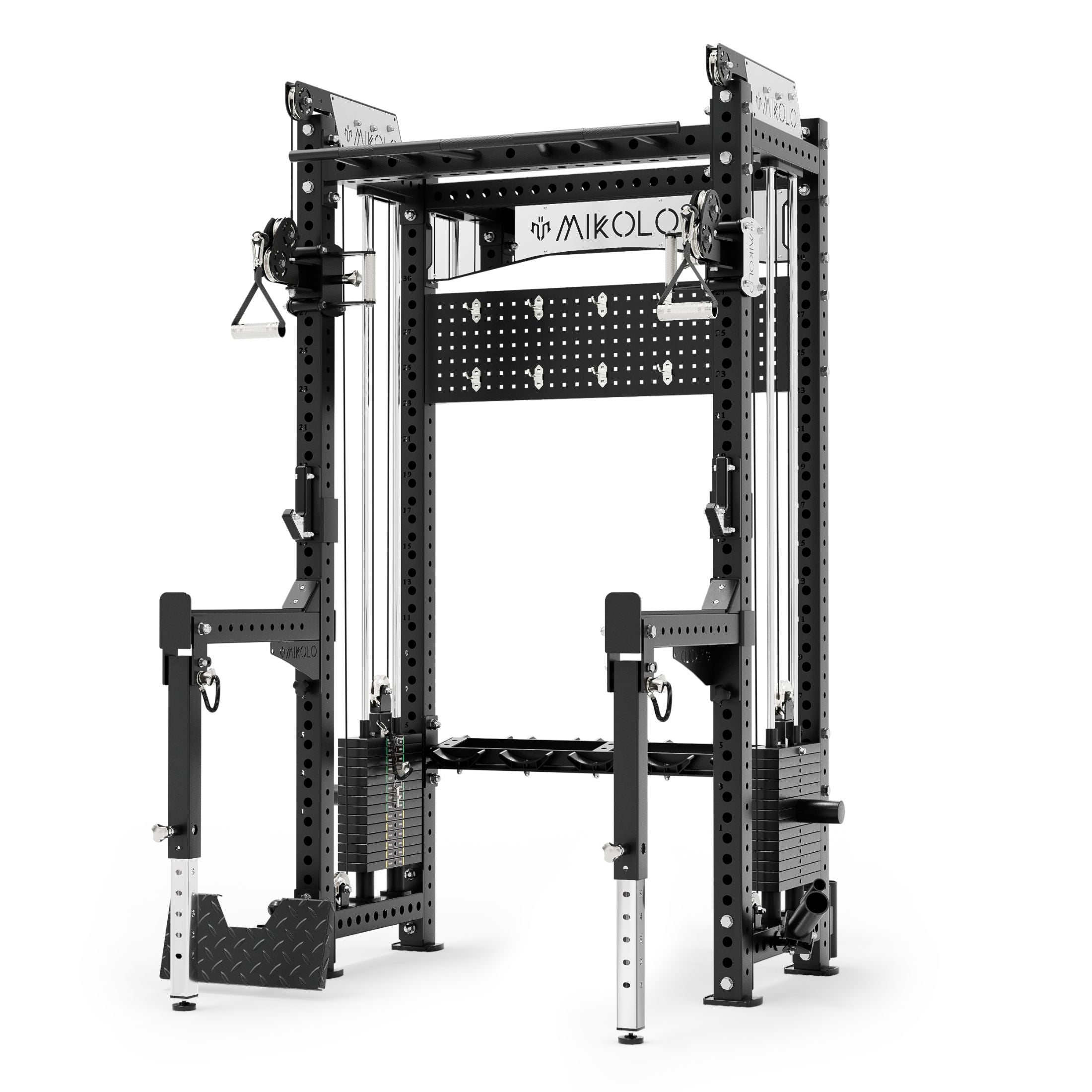
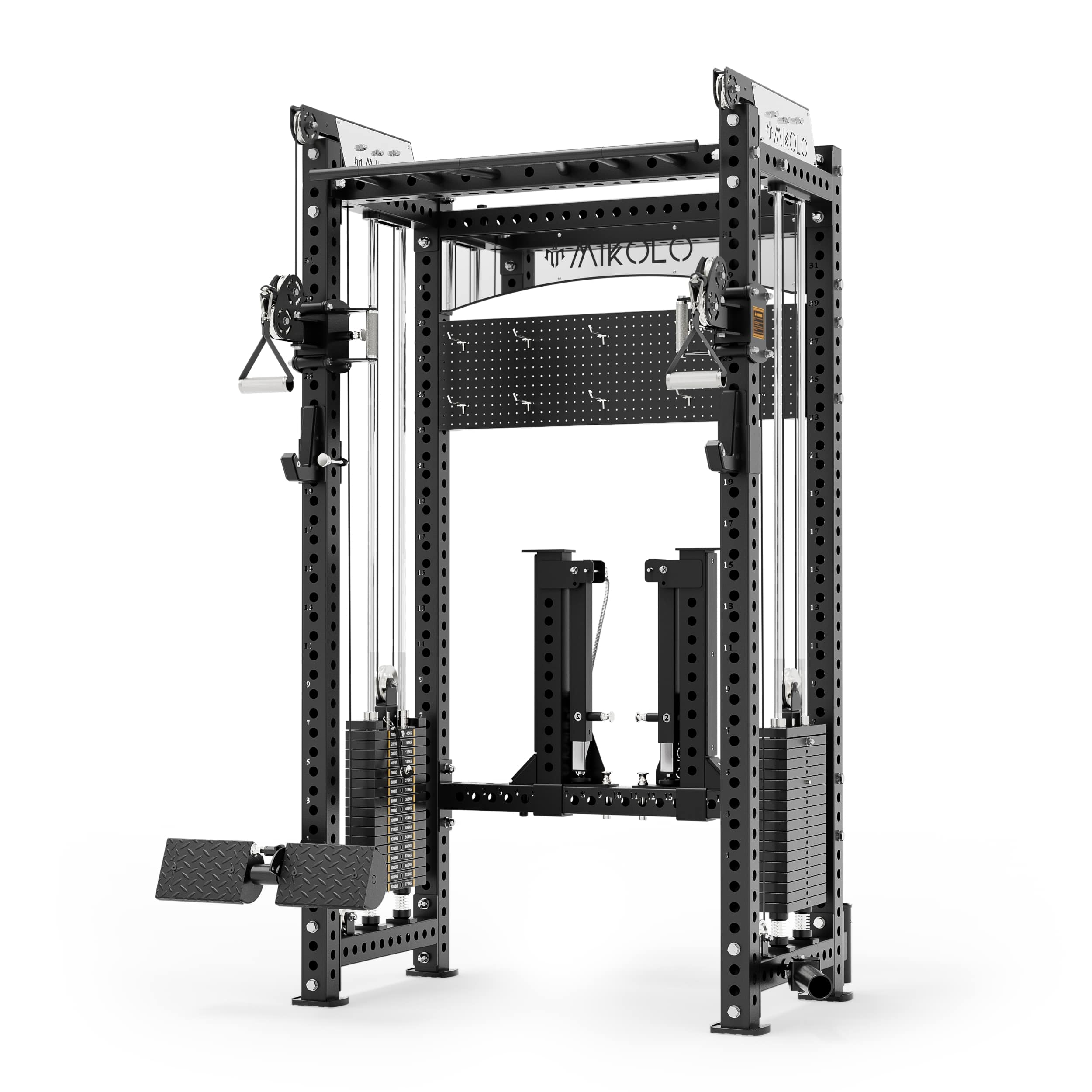
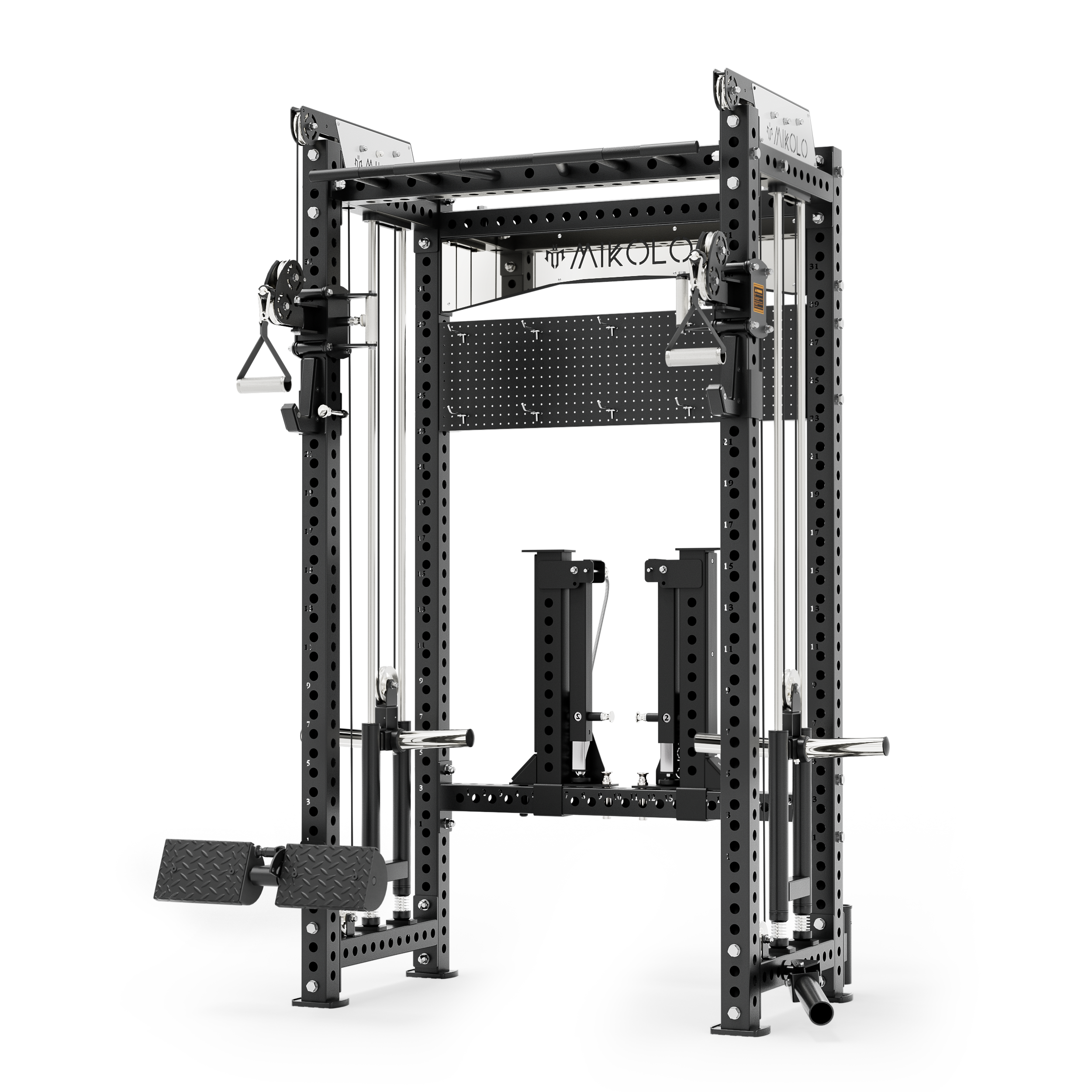


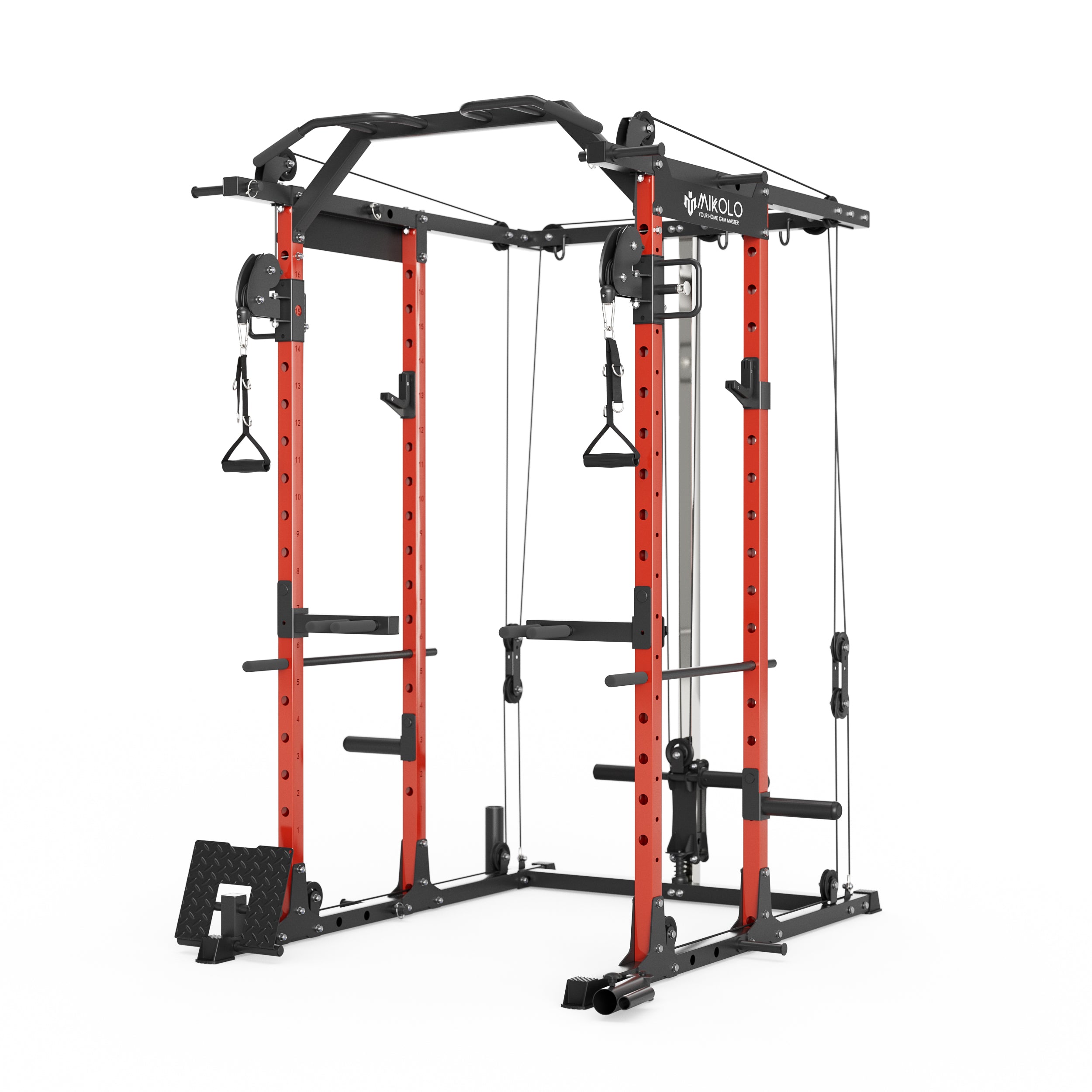
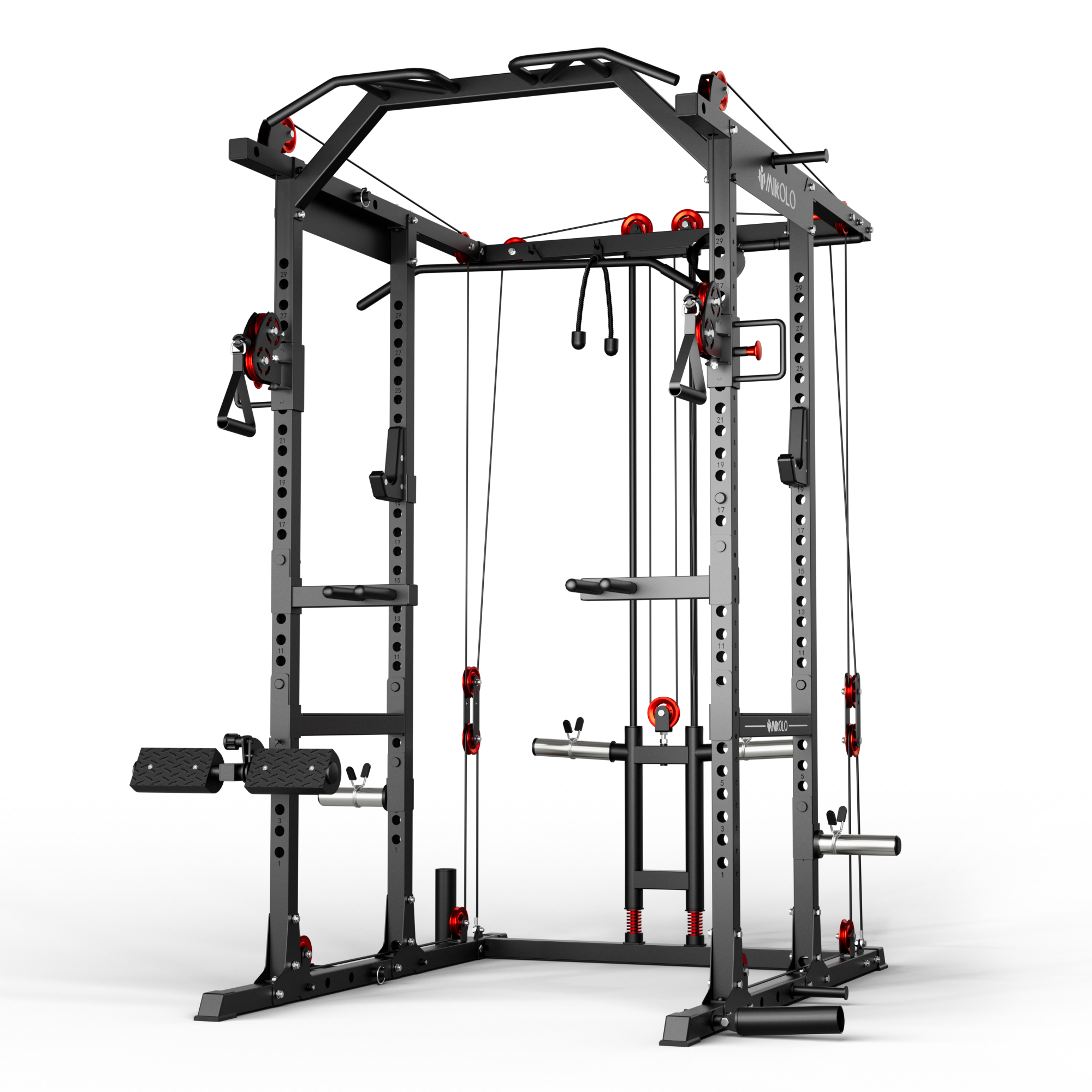

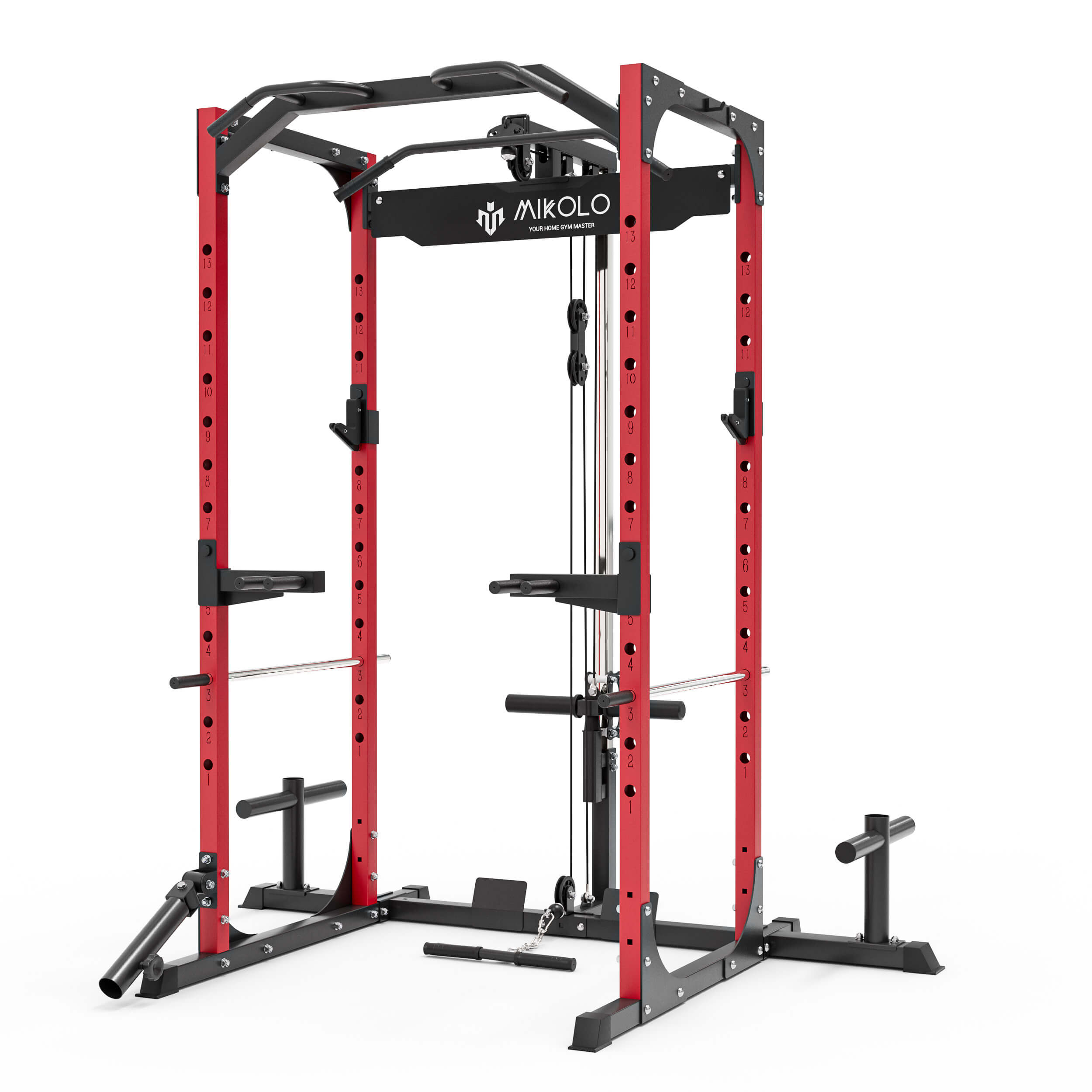

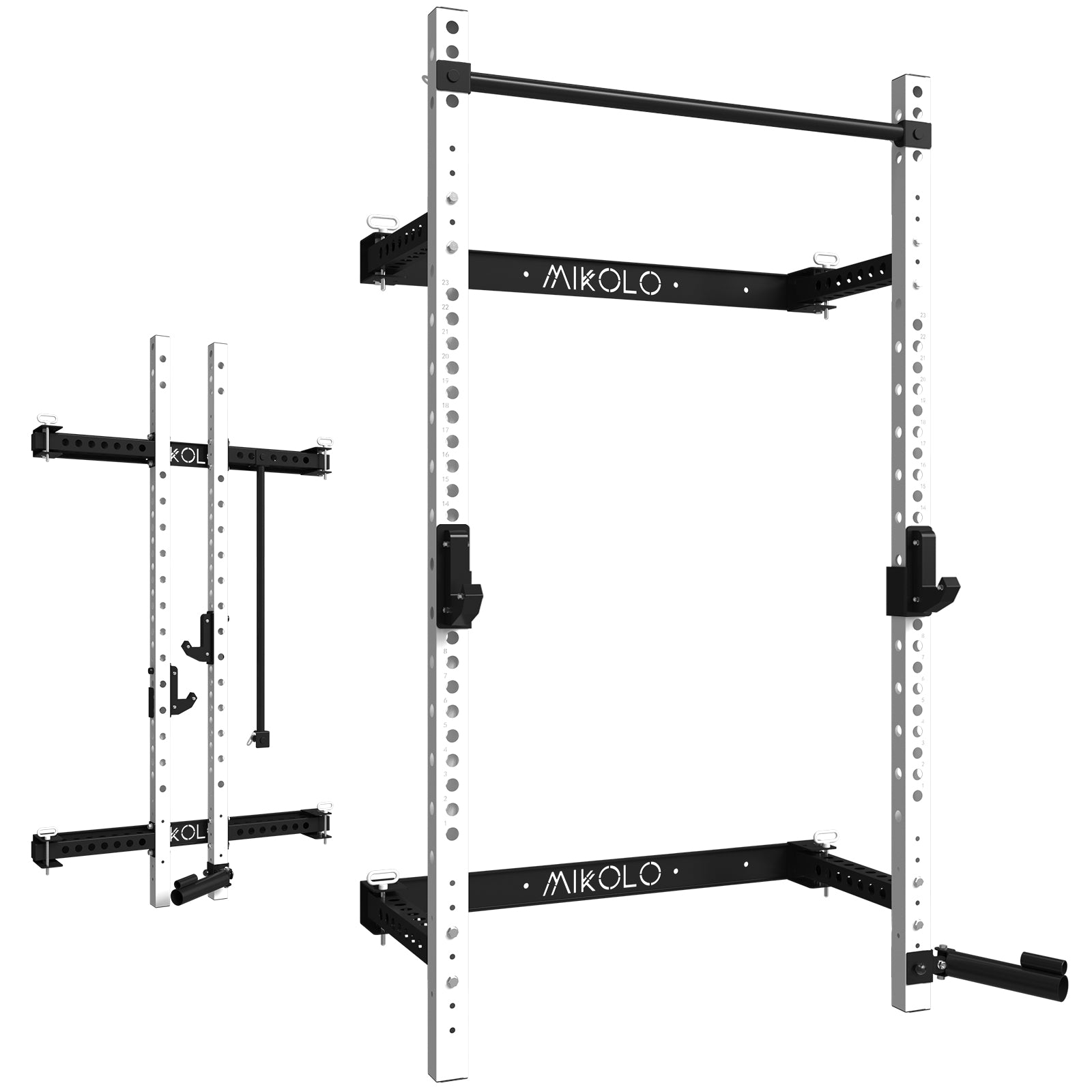

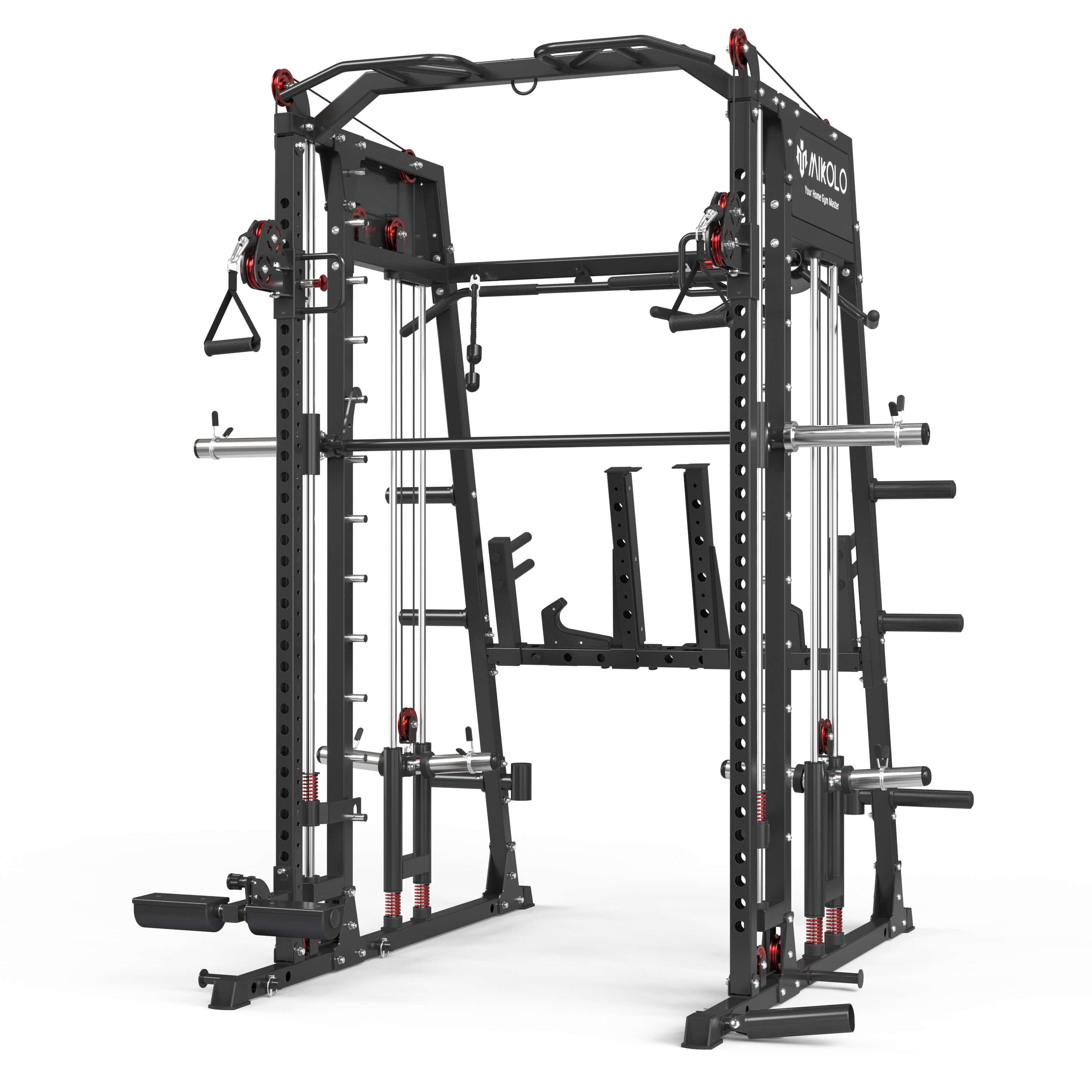
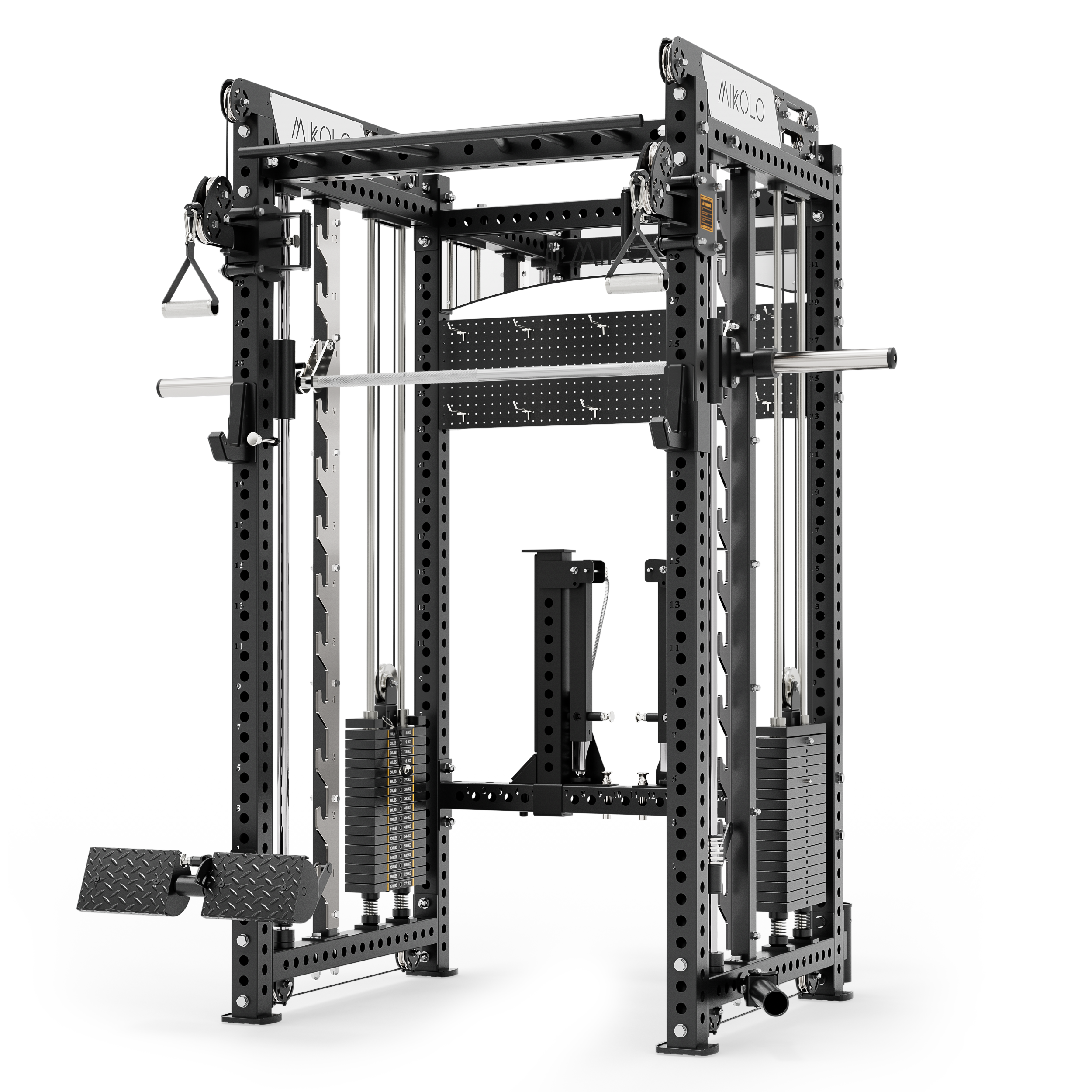
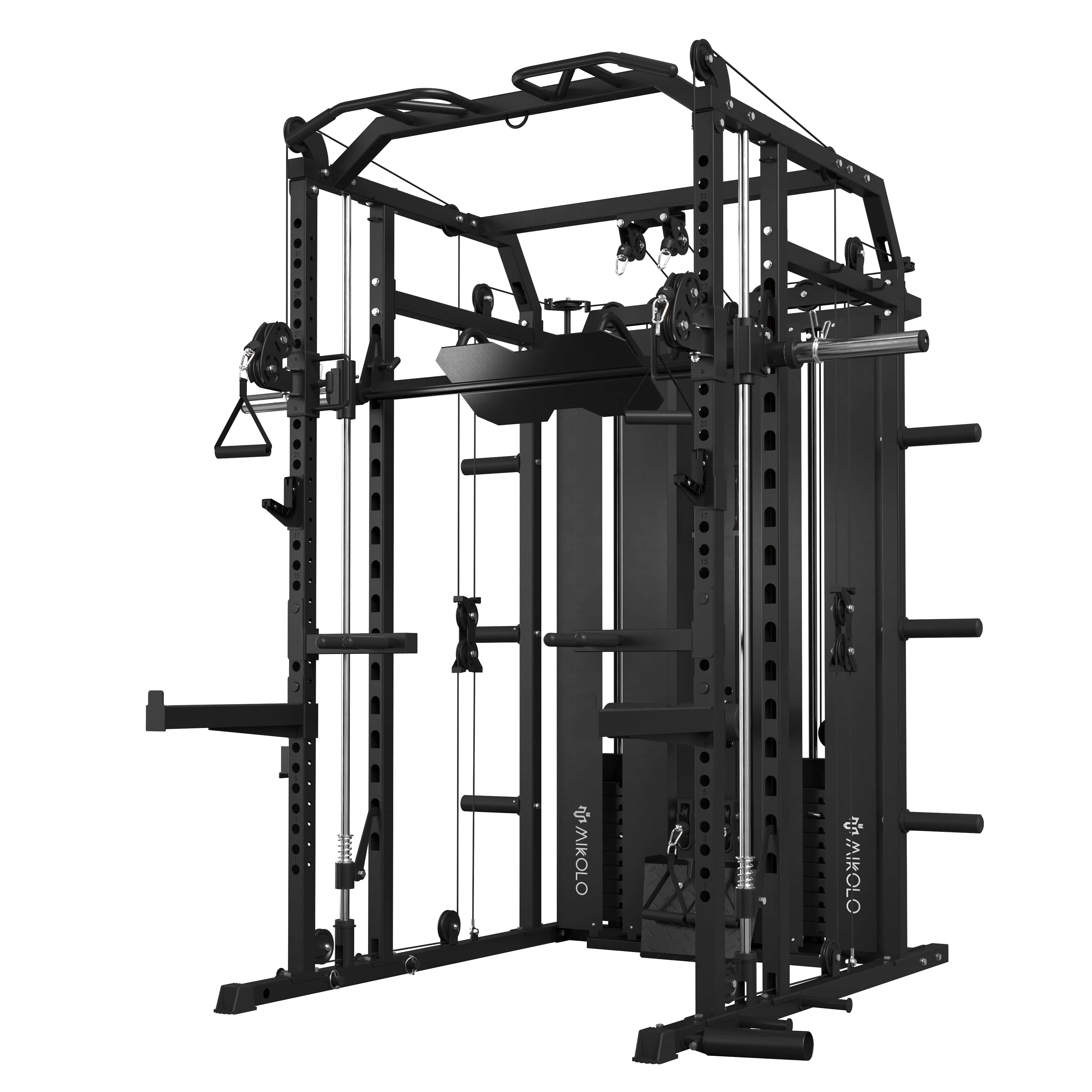
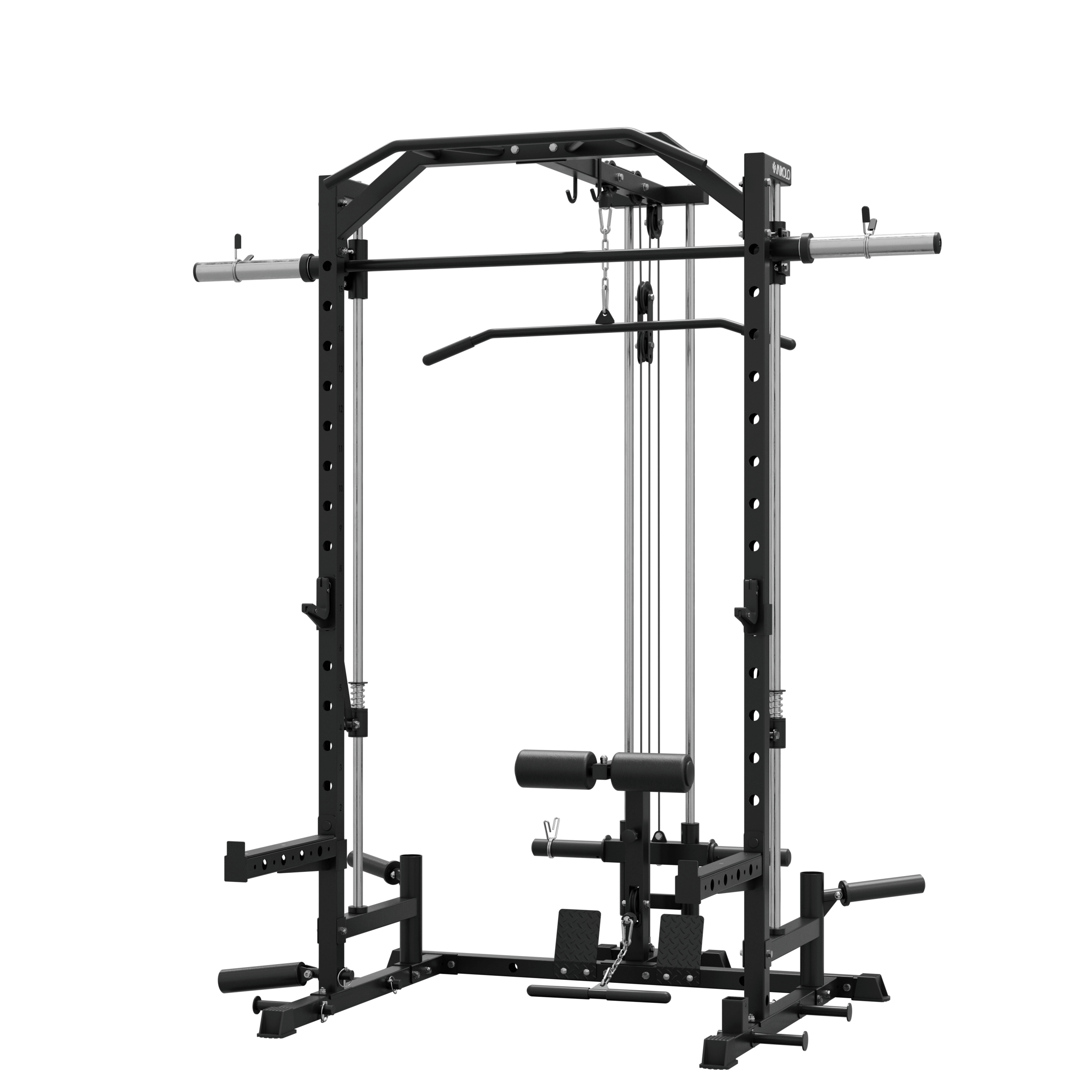
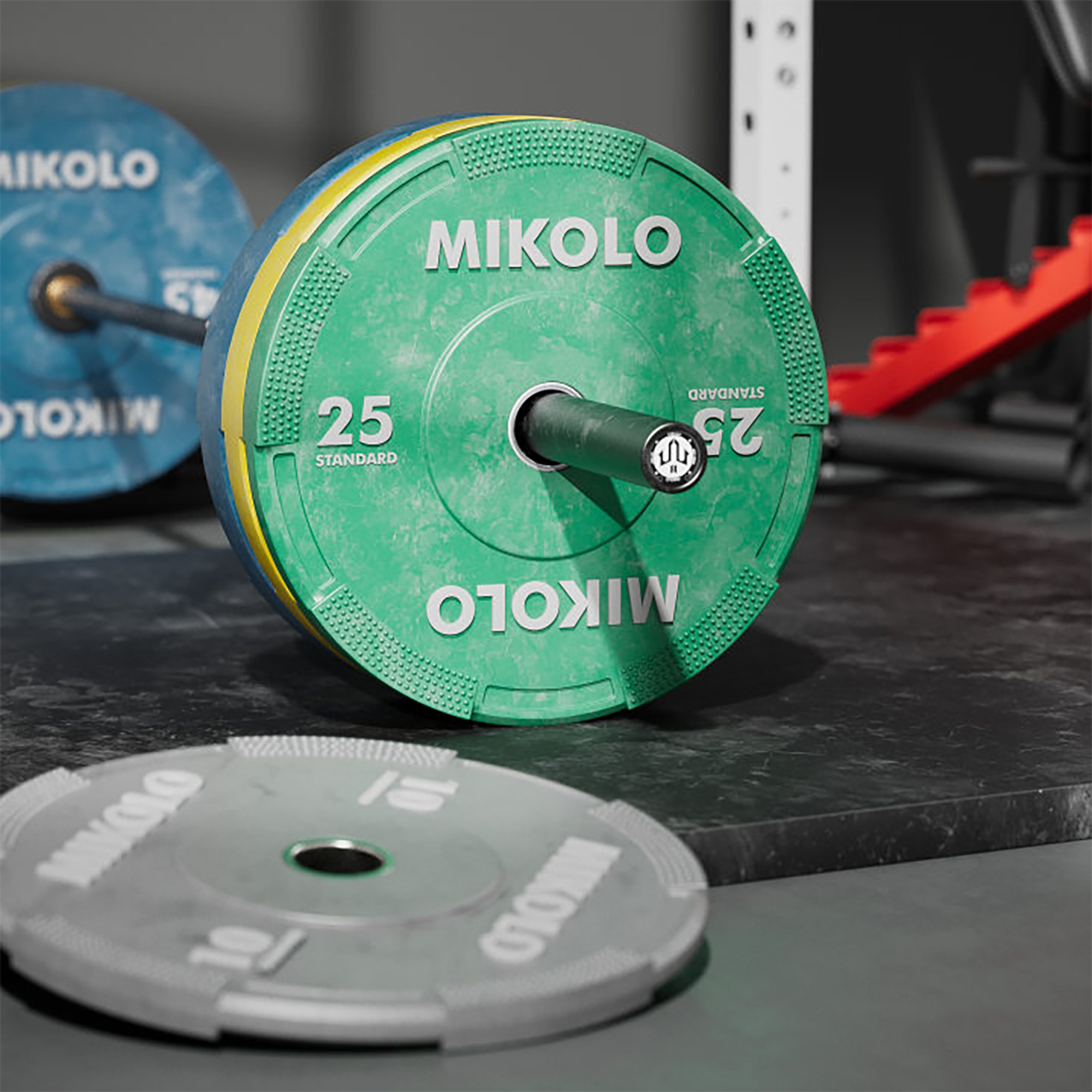












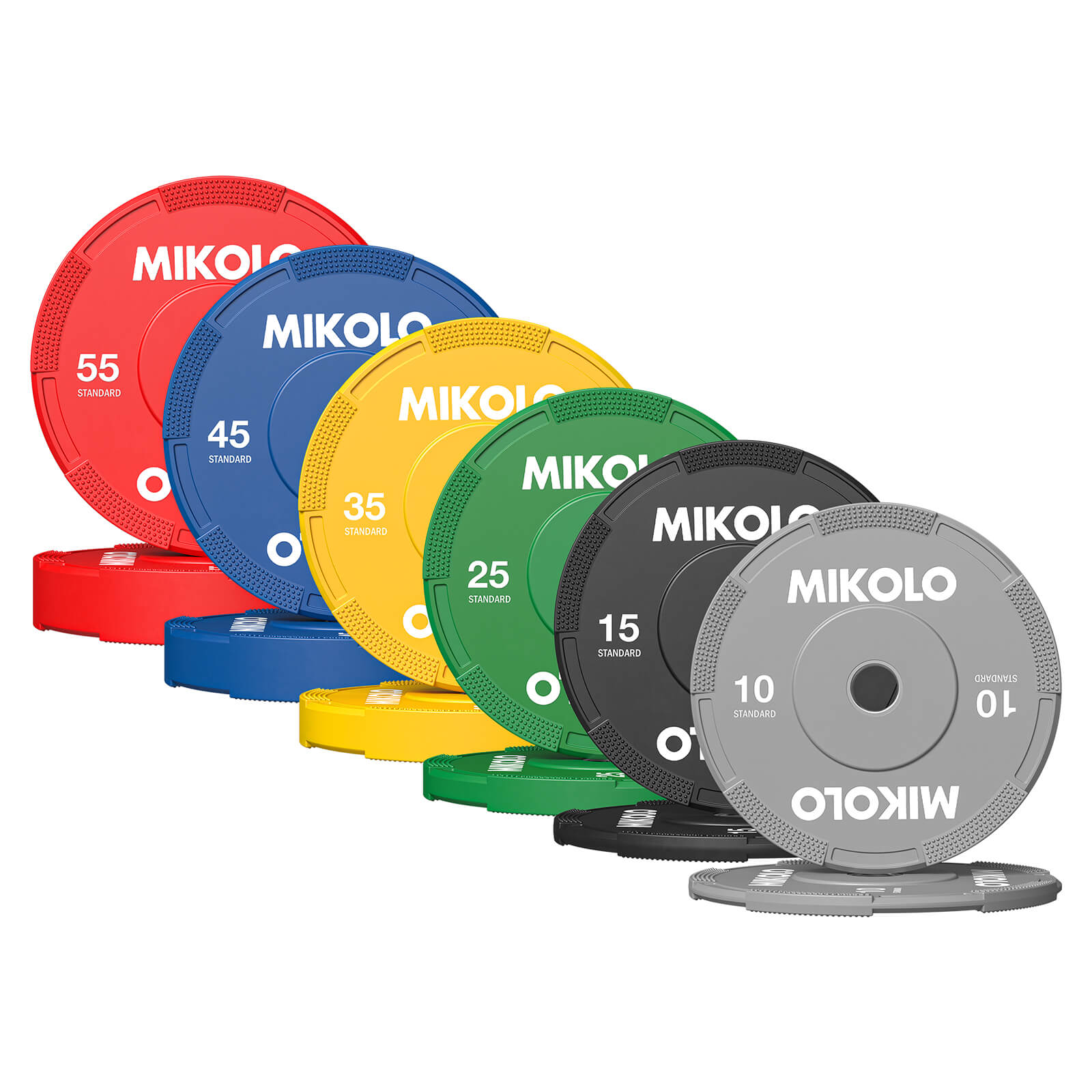
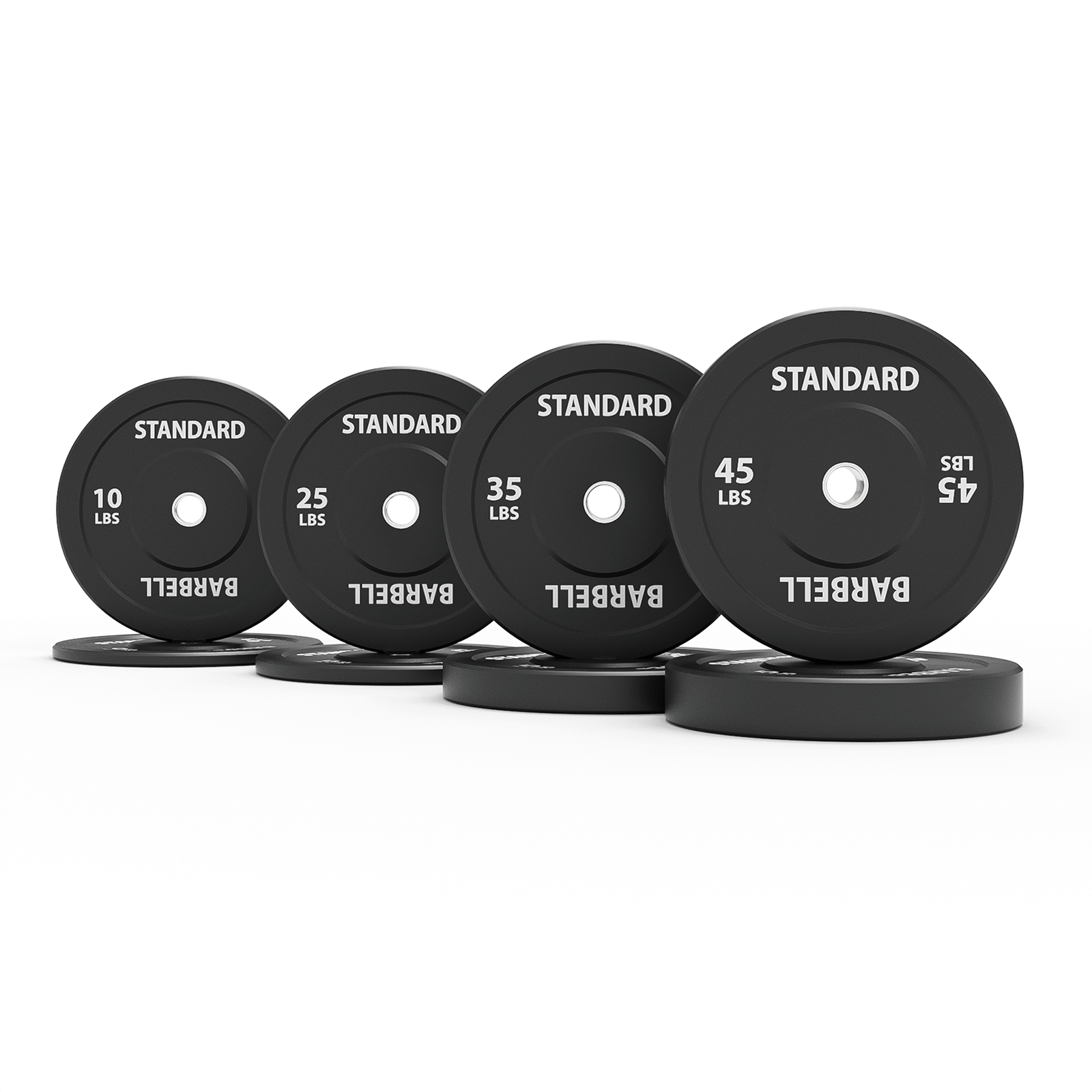

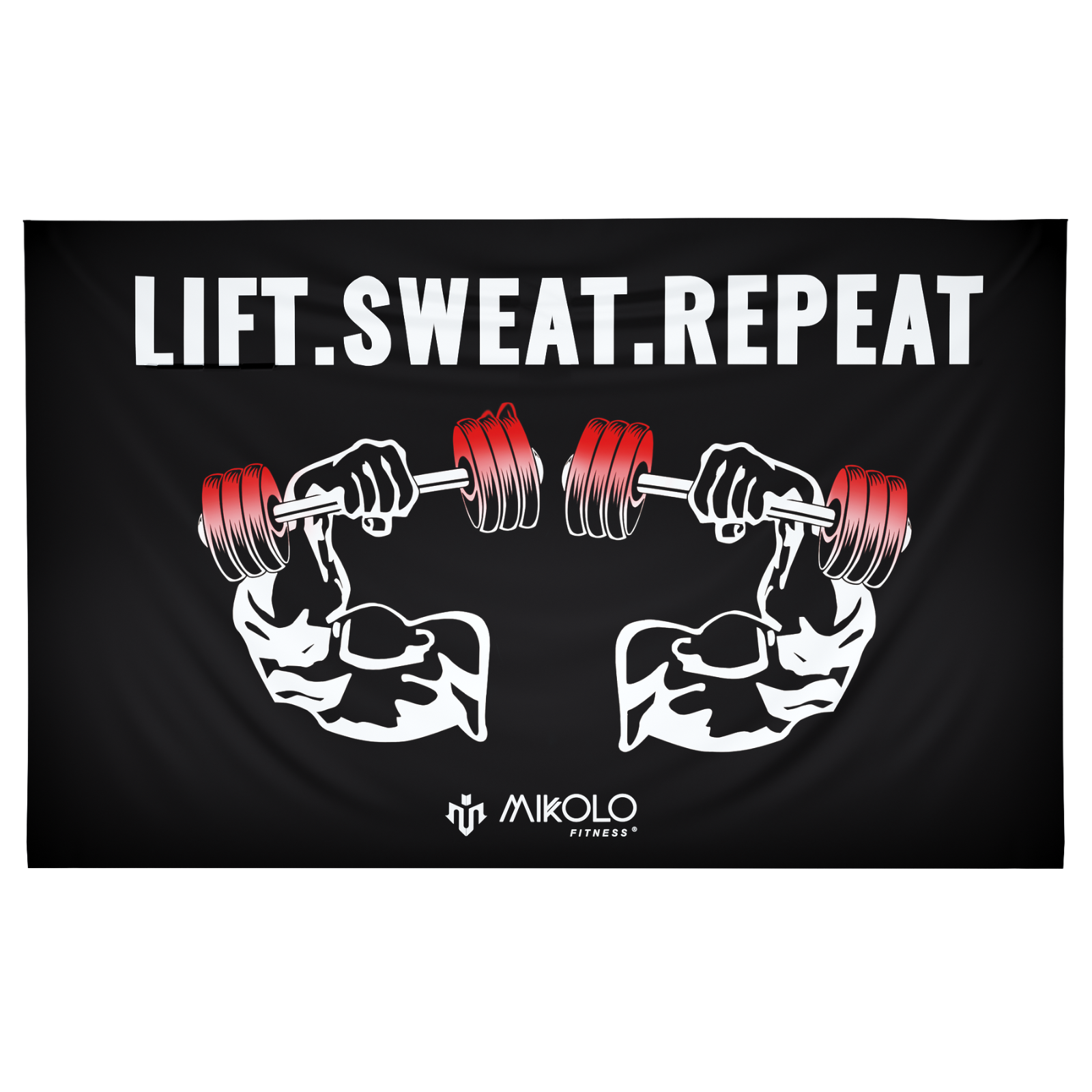








Leave a comment
This site is protected by hCaptcha and the hCaptcha Privacy Policy and Terms of Service apply.